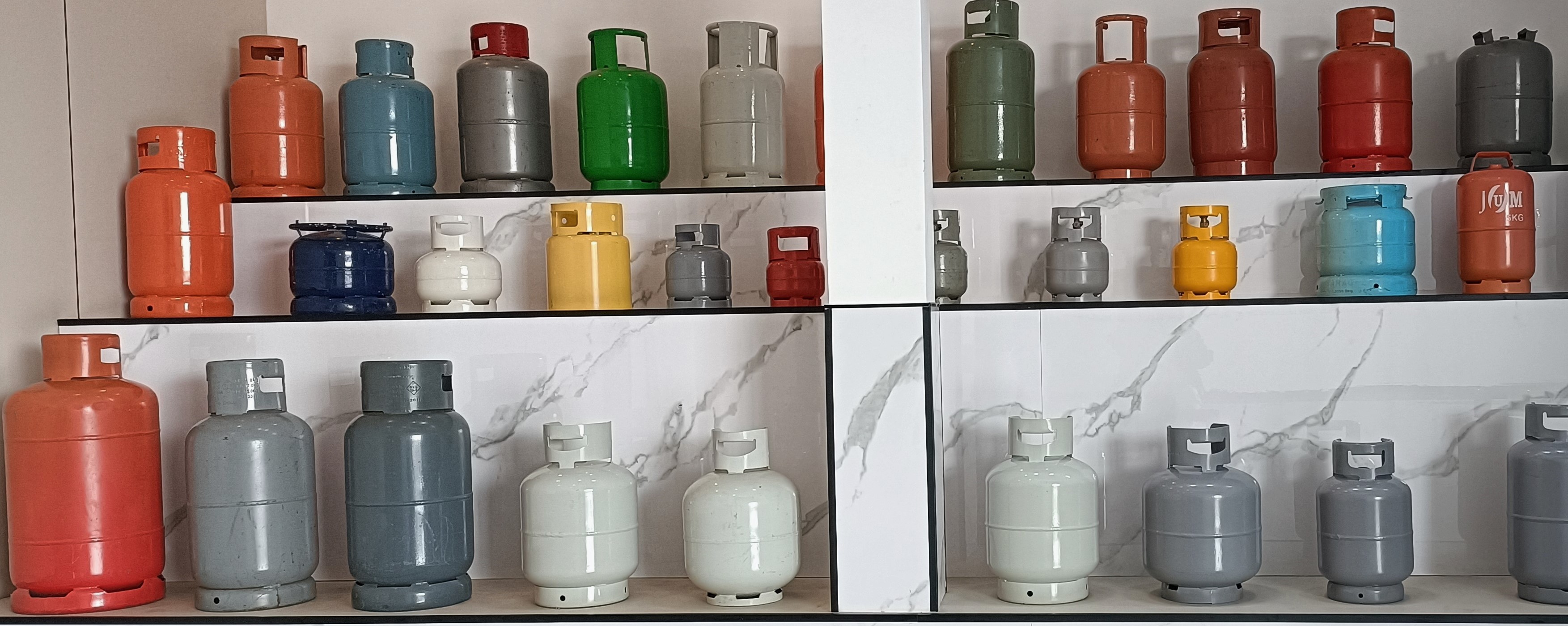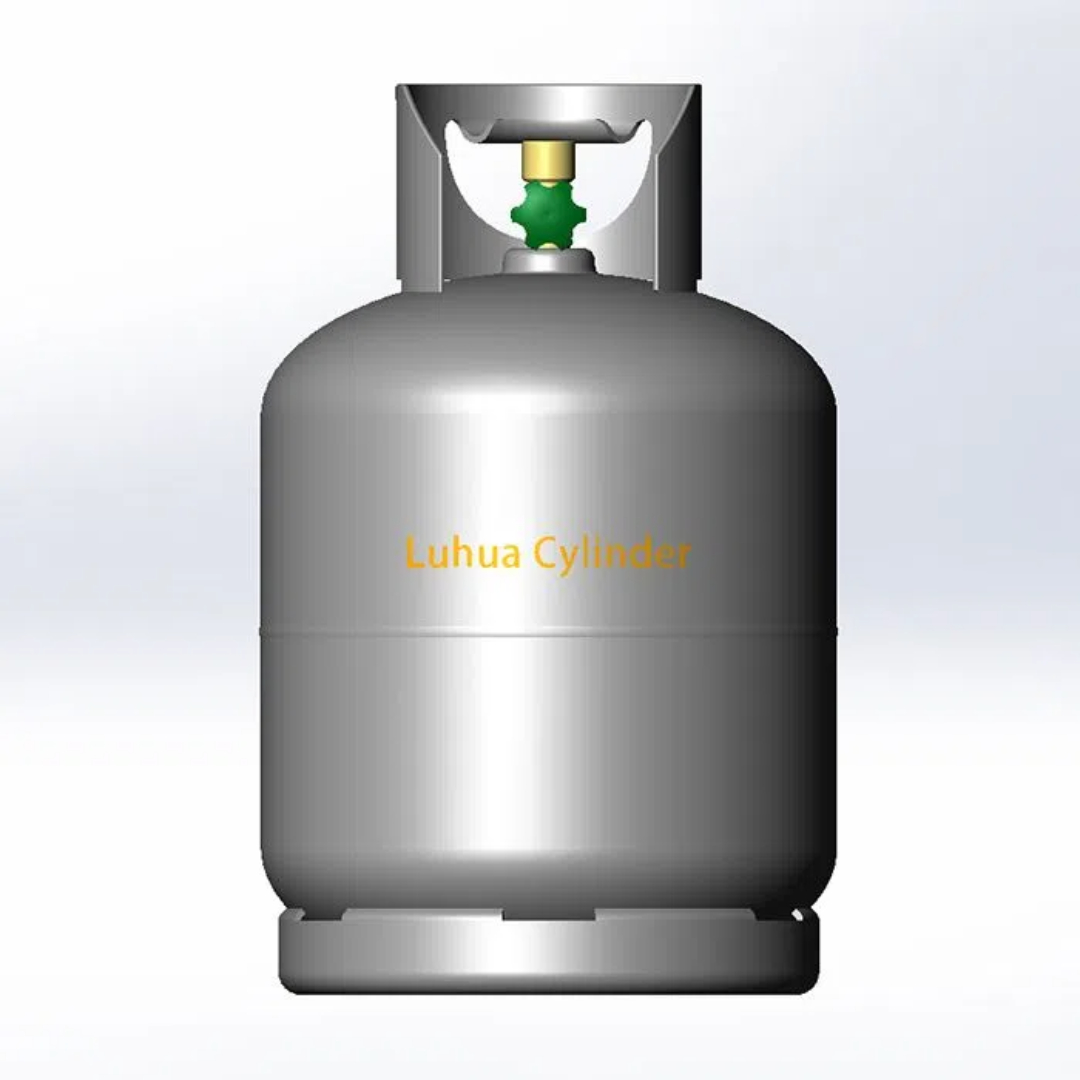South African Gas Cylinder Safety Regulations
Gas cylinder safety regulations are important to ensure the safe storage, transportation and use of equipment. Regulations regarding gas cylinders vary from country to country, so businesses and individuals handling gas cylinders must be familiar with and follow their country's specific rules.
South Africa's gas cylinder safety regulations are formulated and managed by SAQCC (South African Qualification & Certification Committee) .The specific contents of South Africa's gas cylinder safety regulations are as follows:
Air tightness test:
Air tightness is the most important item. This test is used to check whether there is leakage or pressure loss in the gas cylinder.
Regular inspection:
Cylinders need to undergo regular visual inspection and structural integrity inspection. These inspections are usually conducted every 5 years.
Hydrostatic test:
Gas cylinders need to be hydrostatically tested regularly. The hydrostatic test will be performed after the cylinder is manufactured, regularly inspected or repaired.
Ultrasonic testing:
For steel cylinders, ultrasonic testing can be used to detect hidden defects and corrosion levels.
Chemical analysis:
Analysis of possible residual chemicals or sediments inside the cylinder to evaluate its impact on the material and structure of the cylinder.
Labeling and records:
After each test, the label on the cylinder must be updated to mainly indicate the date and results of the last test. All inspection records must be kept intact.



